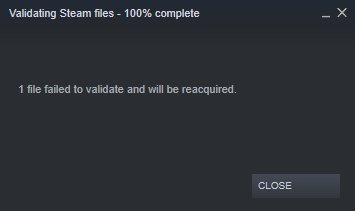

8.7 Improving frame rates and responsiveness with scheduling policies.8.2 Load shared objects immediately for better first time latency.8.1 Tweaking kernel parameters for response time consistency.6.7 Double check your CPU frequency scaling settings.6.6.3 Matching hardware buffers to Pulse's buffering.6.6.2 Using higher quality remixing for better sound.6.6.1 Enabling realtime priority and negative nice level.
.jpg)
6.3 Starting games in a separate X server.3.2 Dependency for the machine & substitutes.If you however are fixated on getting games written for Microsoft Windows to work on Linux, then a different mindset, tools and approach is required understanding internals and providing functional substitution. Please refer to #Game environments and #Getting games further down the page where you can find software to run games from other platforms. This is understandable, however, it is not the only and sole availability. When it comes to gaming, the majority of user's thoughts are often directed towards popular AAA games which are usually written for the Microsoft Windows platform. Further, more and more indie development teams strive to use cross-platform rendering engines in order to have their game able to compile and run on Linux. This has seen some change starting from 2021 onward, as big players like Valve, the CodeWeavers group and the community have made tremendous changes over the past few months, allowing Linux to truly become a viable platform for gaming. Linux is considered an "unofficial" gaming platform the support and target audience provided to it is not a primary priority for most gaming organizations.


 0 kommentar(er)
0 kommentar(er)
